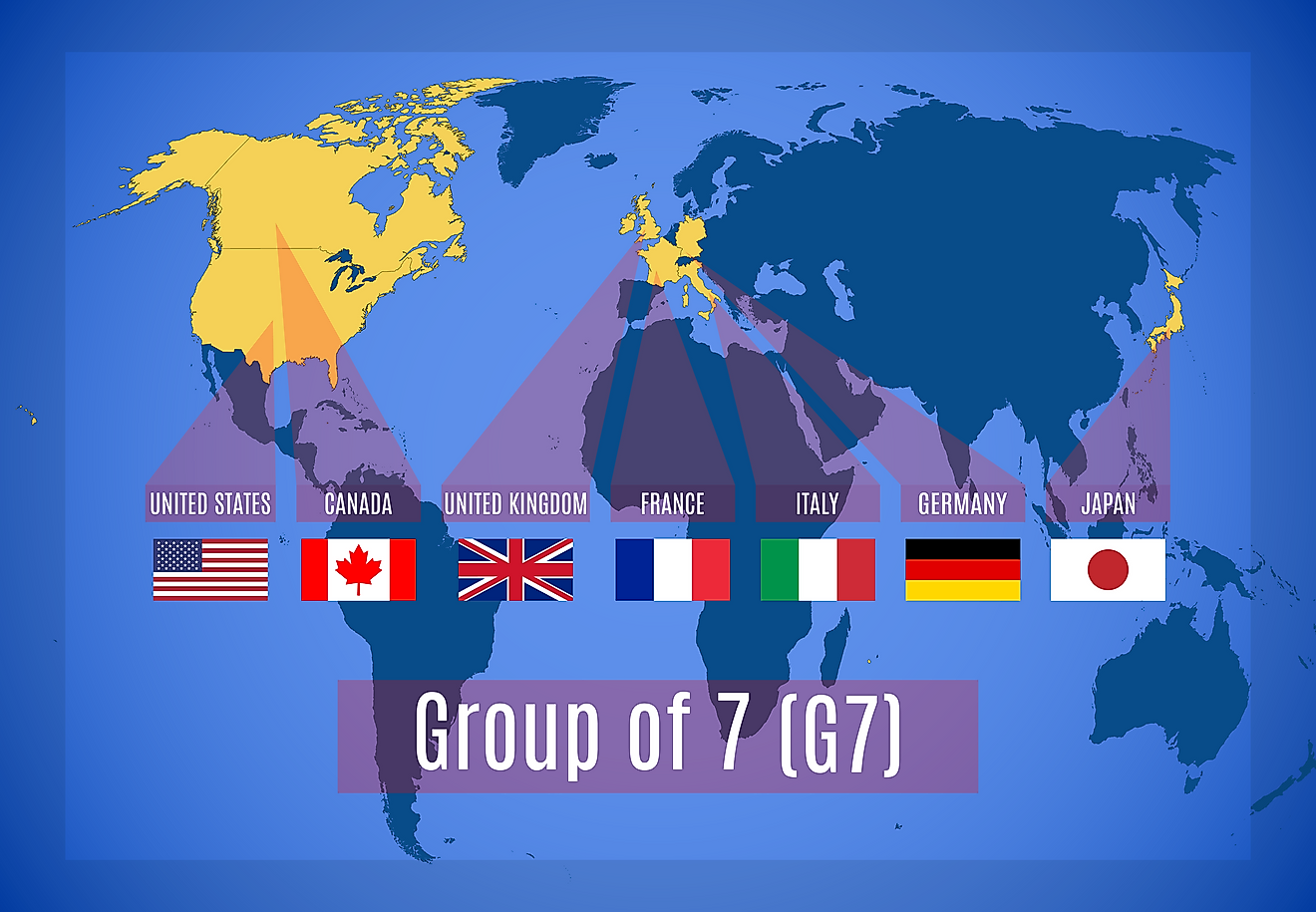What Is The Capital Of Rwanda?

Kigali is the capital city of Rwanda, a recognition the city officially obtained in 1962 after Rwanda gained independence. Kigali is also the largest city in the country, occupying an area of 280 square miles and a population of over 1.2 million inhabitants. As Rwanda’s capital city, Kigali hosts the offices of the President of the country as well as the President’s main residence. Kigali is made up of three administrative districts and is governed by the Mayor.
History Of The Capital City Of Rwanda
The city of Kigali was founded in 1907 while Rwanda was still a German colony. Dr. Richard Kandt, a renowned explorer and a physician is credited with founding the city soon after the German colonial administration appointed him the Resident of Rwanda. Kigali was then just a small town and served as the seat of power for several traditional monarchs of the country including Mutara II, Kigeli IV, and Yuhi V. During this period, Astrida (present-day Butare) served as the colonial capital of Rwanda. Kigali was officially recognized as Rwanda’s capital city after the country gained independence in 1962, and the city was selected over the larger Butare due to its more central location in the country.
Geography And Climate Of Rwanda's Capital City
Kigali is situated in a hilly region (the country is nicknamed “land of a thousand hills”) which are found on four ridges. These ridges are relatively steep and have an average elevation of 5,250 feet. In the midst of the ridges are valleys. Mount Kigali is the highest of the hills around the city and has an elevation of 6,070 feet. The development of the city occurs on the ridges with the city center and the main governmental area being located in two separate ridges. The affluent neighborhoods of the city are normally found on top the ridges while poor neighborhoods are situated in the valleys, with the suburban region found in the middle. The city has a tropical savanna climate which is characterized by a long dry season. There are two main rainy seasons in the city; the first being between March and May while the other lasting in October and November. Due to Kigali’s location in a region of high elevation, it is relatively cooler than many other cities found near the Equator.
Economy Of The Capital Of Rwanda
Since Kigali was selected as the capital city of Rwanda in 1961, the city has grown in leaps and bounds to become the economic capital of the country. The economic growth enjoyed in Kigali is evident with the high number of skyscrapers that make up Kigali’s skyline including the Centenary House, Kigali City Tower, and the BCDI Tower. The service sector in Kigali is one of the most important economic sectors of the city and is the largest employer. Tourism is also a key industry in Kigali, with numerous world-class hotels setting up shop in the city. Kigali’s economy was however badly affected by the 1994 genocide that engulfed the entire country and paralyzed all economic sectors of the city.
Education In Kigali
As the nation’s capital city, Kigali is also the educational capital of Rwanda and has the best educational institutions in the country. Rwanda’s top institution of higher learning, the University of Rwanda has its administrative head office in Kigali and also has its College of Science and Technology campus in the city. Another university with a campus in Kigali is the Kigali Independent University which is a leading private university in Rwanda.











